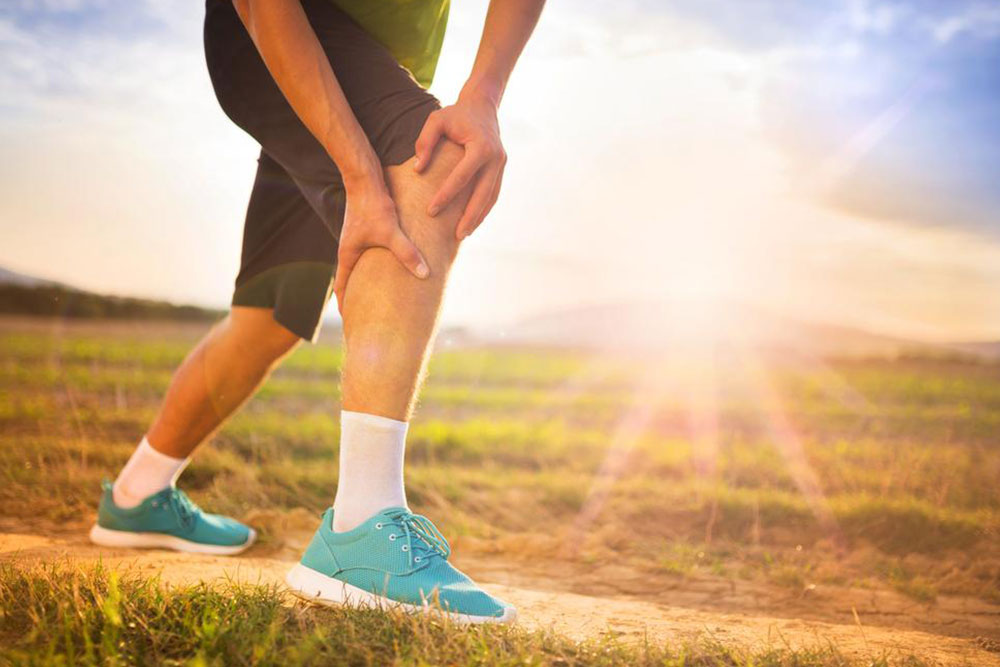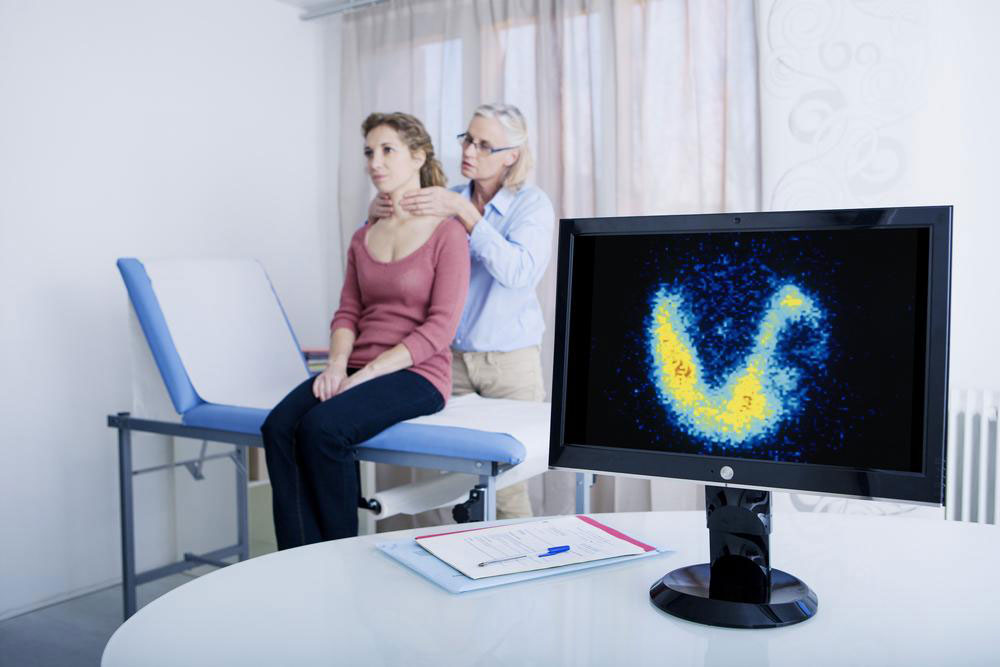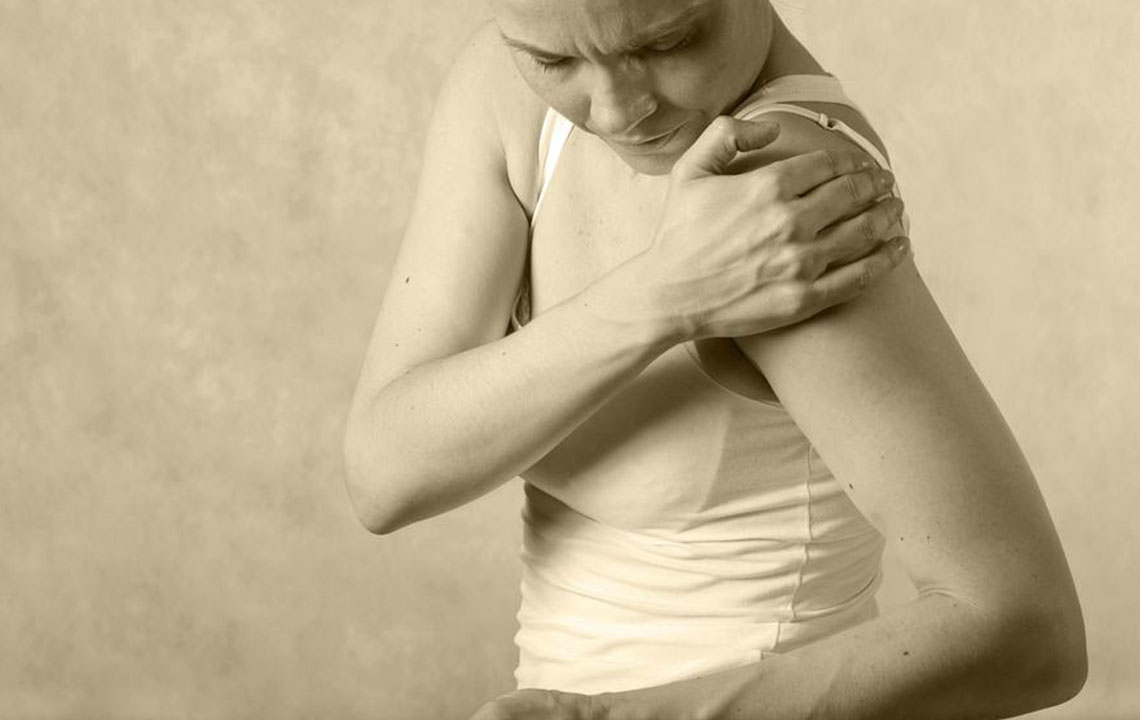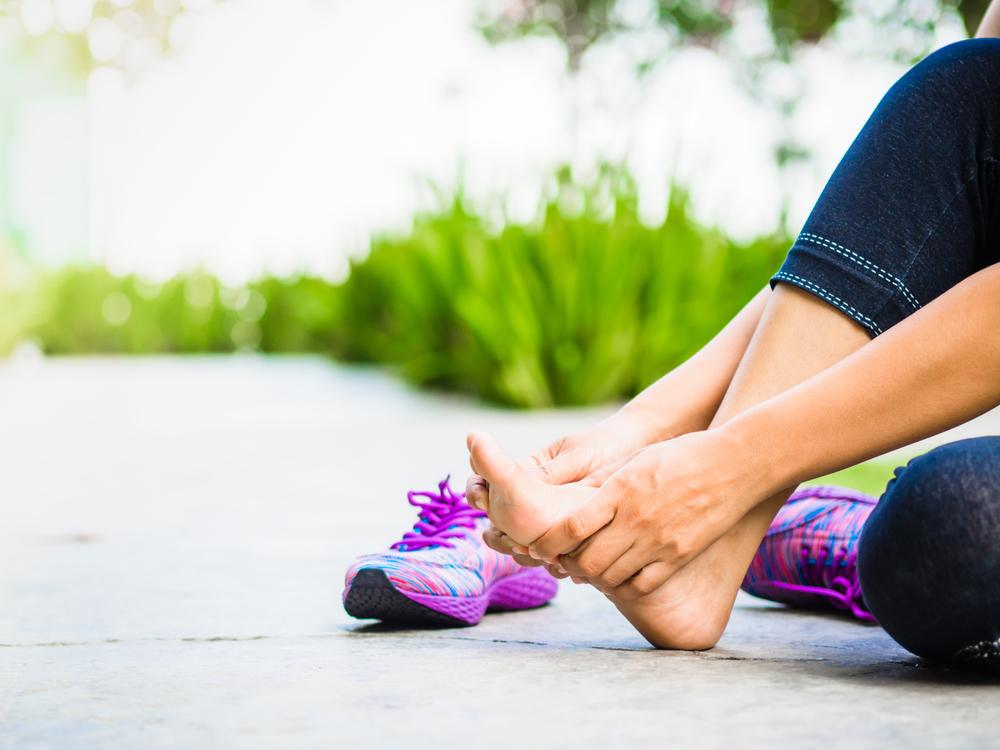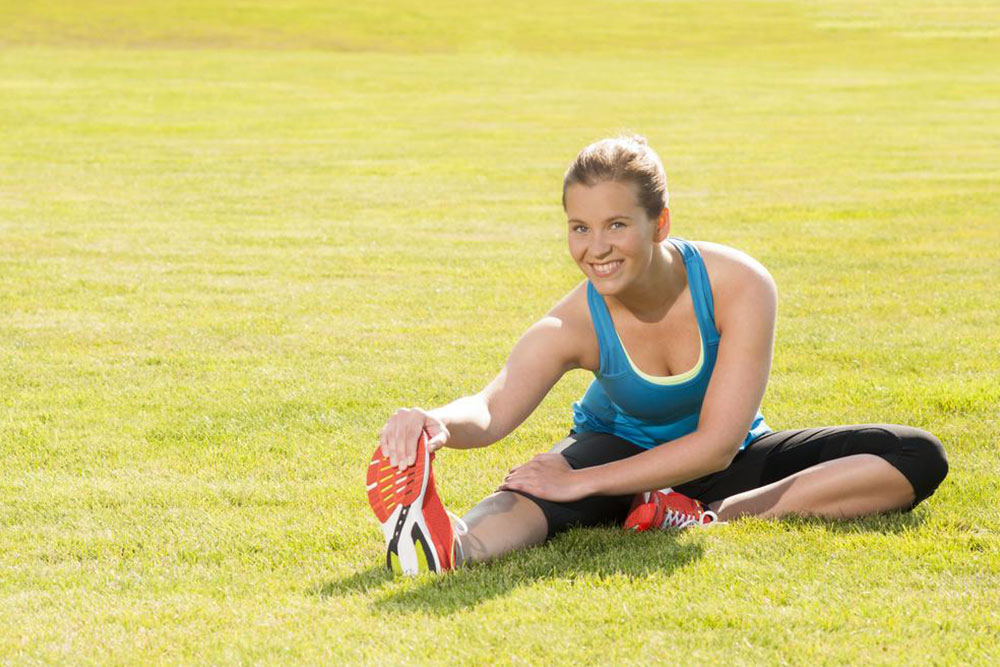Comprehensive Guide to Preventing and Treating Shin Splints for Athletes and Runners
This comprehensive guide explores effective strategies for preventing and treating shin splints, crucial for runners and athletes. It covers causes, immediate treatments such as cold therapy and massage, dietary recommendations, proper footwear choices, and training tips to avoid overexertion. By adopting these methods, individuals can manage pain efficiently, promote healing, and prevent future injuries, ensuring safer and more sustainable fitness routines. The article emphasizes the importance of gradual progression and professional consultation for persistent issues.
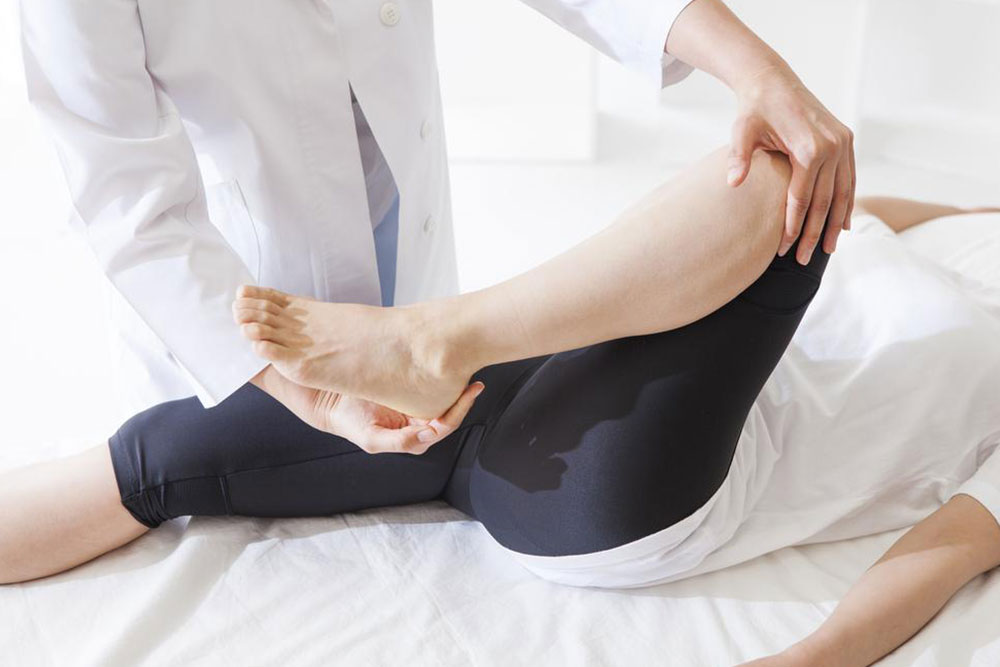
Comprehensive Guide to Preventing and Treating Shin Splints for Athletes and Runners
Engaging in regular physical activity and maintaining a balanced fitness routine are crucial components of a healthy lifestyle. However, athletes, runners, and fitness enthusiasts often encounter a common and painful issue known as shin splints. These injuries not only hinder training progress but can also sideline athletes if not managed appropriately. Shin splints, medically referred to as medial tibial stress syndrome, manifest as pain along the inner edge of the shinbone (tibia). The discomfort can range from mild tenderness to severe pain that impairs mobility. Addressing this condition promptly and effectively is vital to ensure a safe return to training and prevent recurrent injuries.
Understanding the root causes of shin splints is essential for effective prevention and treatment. Factors such as repetitive stress on the lower legs, overtraining, sudden increases in exercise intensity, improper footwear, and running on hard or uneven surfaces contribute significantly to their development. Athletes who neglect proper warm-up routines or skip rest days are also at higher risk. Addressing these issues can reduce the incidence and severity of shin splints, allowing individuals to pursue their fitness goals safely.
Effective management involves a combination of immediate treatment measures and long-term preventive strategies. The first step in alleviating pain and promoting healing is managing inflammation and reducing stress on the affected area. Applying cold therapy, or ice packs, is a proven method to diminish swelling and numb the pain. For optimal results, ice should be applied for 15 to 20 minutes per session, using a cloth barrier to prevent frostbite. This simple yet effective method helps control inflammation early in the injury phase.
Alongside cold therapy, engaging in specific physical therapy exercises can strengthen the lower leg muscles, improve flexibility, and promote proper biomechanics. Guided by a healthcare professional or physiotherapist, these exercises often include calf stretching, toe raises, and eccentric calf raises, which gradually ease discomfort and enhance muscular support around the shin area. Incorporating a structured stretching routine before and after runs is crucial to prevent tightness and reduce strain on the shins.
Another innovative approach to reducing inflammation and facilitating recovery is consuming natural anti-inflammatory foods and drinks. Cherry juice, rich in anthocyanins, has been shown to significantly decrease inflammation and pain associated with shin splints. Regular intake of tart cherry juice or cherry extract can accelerate healing, making it a popular supplement among athletes. Additionally, maintaining a diet rich in omega-3 fatty acids found in fish, flaxseeds, and walnuts supports tissue repair and overall joint health.
Massage therapy, especially deep tissue massage combined with warm essential oils like peppermint or eucalyptus, can improve blood circulation to the affected area. Enhanced blood flow accelerates the removal of metabolic waste and supplies oxygen and nutrients necessary for healing. Many athletes incorporate massage techniques into their recovery routines to reduce muscle tightness and promote faster recovery from shin injuries.
Choosing appropriate footwear is fundamental in both treating and preventing shin splints. Worn-out shoes or those with improper arch support can lead to abnormal stress on the shins. Switching to well-cushioned, supportive shoes appropriate for one’s foot type, along with orthotic insoles if necessary, can distribute impact forces evenly and reduce undue stress. Running on softer surfaces like grass or a synthetic track is preferable to hard pavements, especially during the initial recovery stage.
Implementing a gradual and well-structured training program is key to avoiding overexertion. Athletes should increase mileage and intensity gradually, adhering to the 10% rule—adding no more than 10% to weekly training volume—to prevent sudden spikes in stress. Incorporating cross-training activities such as cycling or swimming can also reduce impact on the shins while maintaining overall fitness. Rest days and proper sleep are essential components of any injury prevention plan, allowing tissues time to repair and adapt.
In cases where shin pain persists despite conservative measures, consulting a healthcare professional for further evaluation is necessary. Imaging tests like X-rays or MRI scans may be required to exclude stress fractures or other underlying issues. Specialists may recommend additional interventions, including physical therapy, orthotic devices, or in rare cases, surgical procedures to address persistent problems.
In conclusion, addressing shin splints proactively involves understanding their causes, implementing immediate measures like cold therapy and massage, adopting proper footwear and biomechanics, and following a gradual training progression. With diligent management and preventive strategies, athletes and fitness enthusiasts can recover from shin splints swiftly and return to their activities with reduced risk of recurrence. Remember, listening to your body and respecting its signals is paramount in maintaining long-term health and performance in any athletic endeavor.
